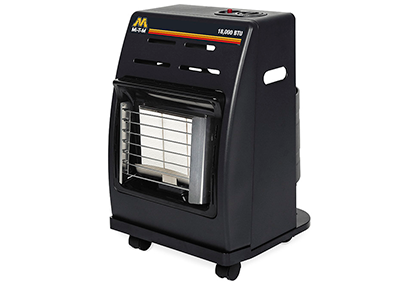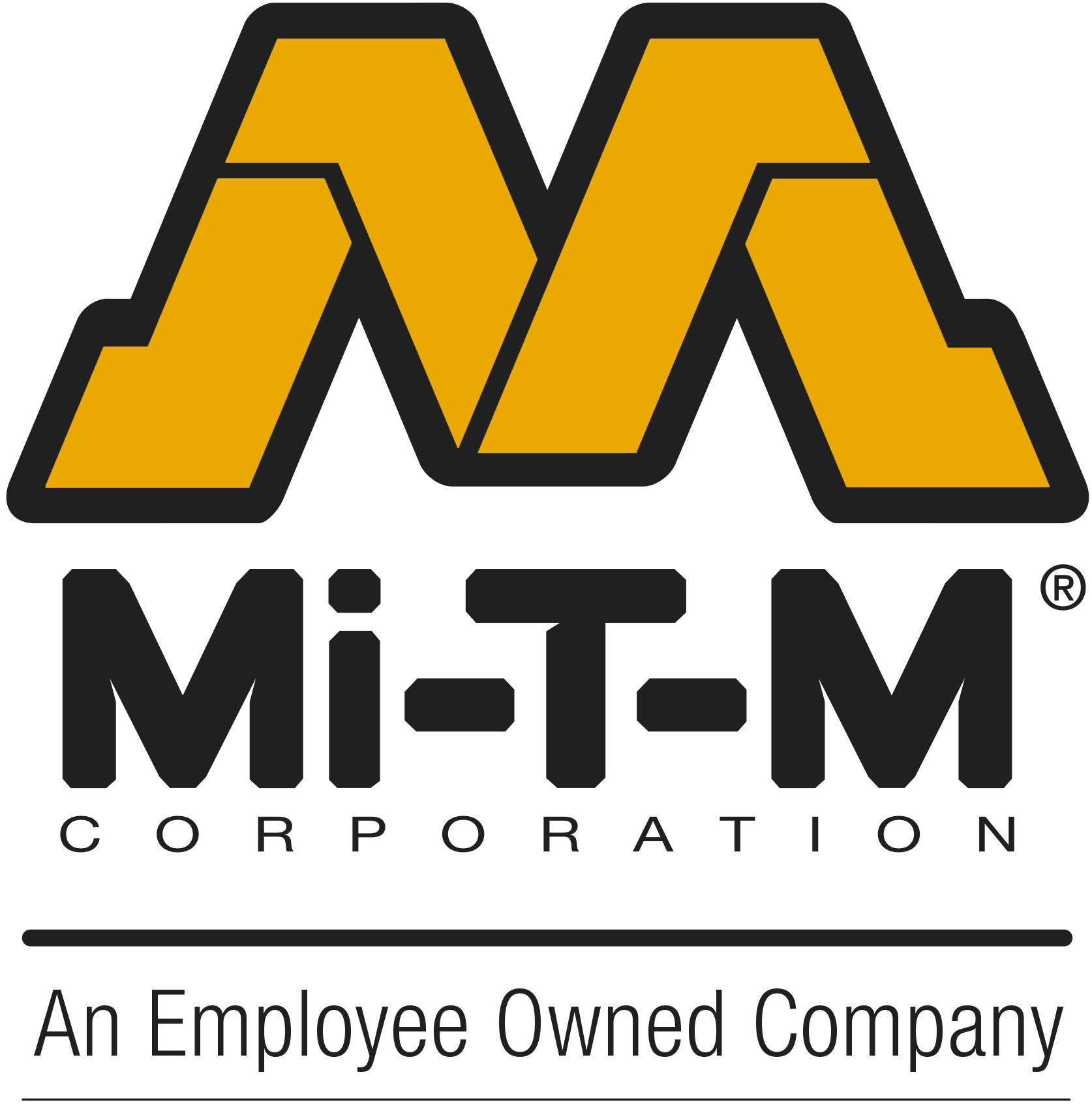PSI (pounds per inch)
This indicates the amount of pressure the unit will create if concentrated on one square inch of surface area. The greater the PSI, the better the cleaning efficiency.
GPM (gallons per minute)
This tells you how much water (gallons) will flow through your pressure washer (flow rate). A higher flow rate will cut down on your cleaning time.
PSI versus GPM
PSI and GPM are both equally important when choosing a pressure washer. The PSI indicates the amount of pressure and GPM indicates the flow. You must have the correct combination of PSI and GPM to have the most ideal pressure washing system for your needs.
CU (cleaning unit)
This is calculated by multiplying PSI by GPM. The number is useful for comparing models. The higher the number of cleaning units, the more cleaning power your pressure washer has.
Pump
Pressure washer pumps are driven by the motor or engine and push the water through your pressure washer. The two types of pumps are direct drive and belt drive.
Nozzle
The actual pressure is created by the nozzle. Different nozzles sizes (orifices) are available to create the spray angle or pressure needed to fit your cleaning need. The wider the spray, the less cleaning power. The narrower the spray, the more cleaning power.
Pressure washer pumps are driven by the motor or engine and push the water through your pressure washer. The two types of pumps are direct drive and belt drive.
Unloaders and Relief Valves
Pressure washers are equipped with safety features designed to reduce pressure buildup. Unloaders and thermal relief valves prevent heat and water pressure from reaching dangerous levels.




 Latest Equipment
Latest Equipment
 Accessories
Accessories
 Pressure Washers
Pressure Washers
 Air Compressors
Air Compressors
 Generators
Generators
 Air Compressor Generators
Air Compressor Generators
 Air Compressor / Generator / Welders
Air Compressor / Generator / Welders
 Portable Heaters
Portable Heaters
 Water Treatment Systems
Water Treatment Systems
 Trailers
Trailers
 Water Pumps
Water Pumps
 Wet / Dry Vacuums
Wet / Dry Vacuums
 All Residential Products
All Residential Products
 All Commercial Products
All Commercial Products
 Pressure Washers
Pressure Washers
 Generators
Generators
 Air Compressors
Air Compressors
 Custom Fire Pits
Custom Fire Pits
 Portable Heaters
Portable Heaters




